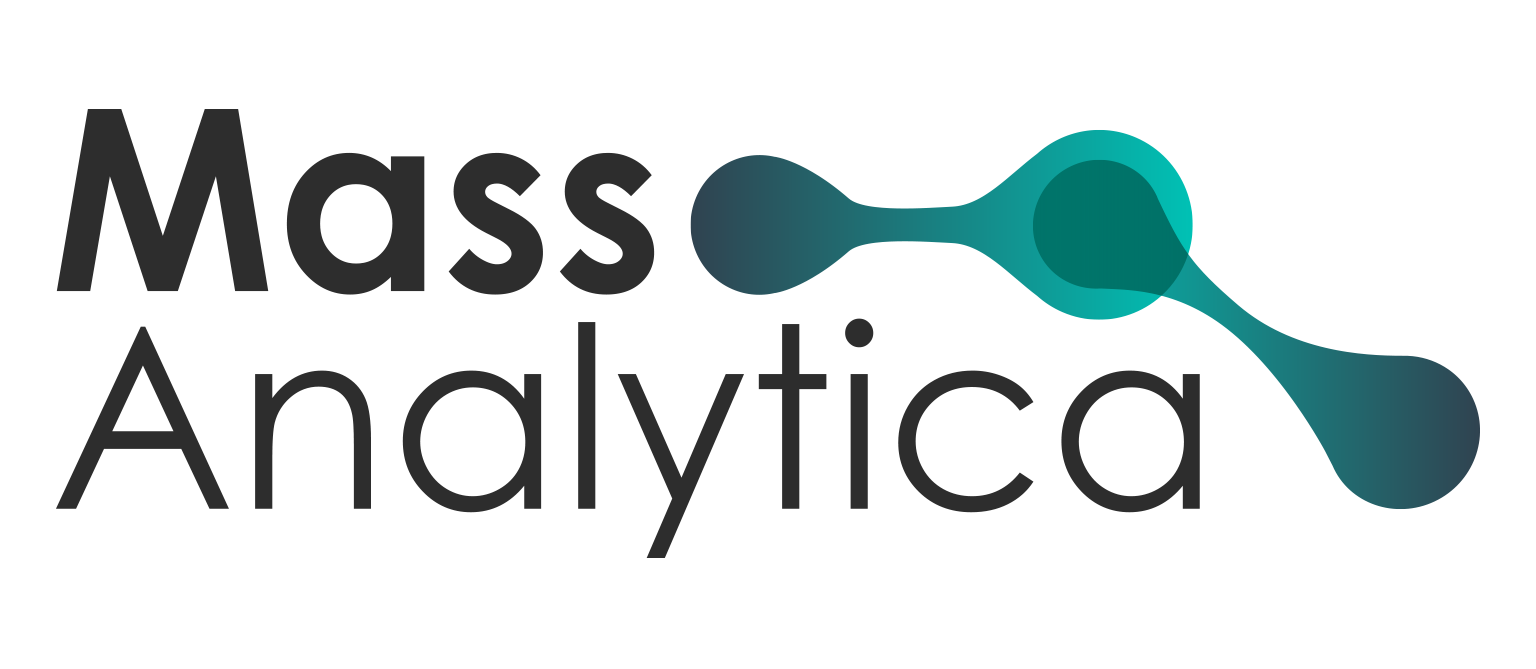Rediscovering Halophyte Suaeda maritima as an Alternative crop for Food Lipids Through Aquaponic Cultivation and Lipidomics analysis
September 24, 2025
Abstract
Halophytes are gaining recognition for their resilience and nutritional properties. Salicornia is widely consumed in Western countries. Other species like Suaeda genus have long-standing medicinal and culinary uses but remain underexplored. They can thrive in saline environments and aquaculture. Aquaponic cultivation, which can valorize aquaculture effluents and be integrated into IMTA-RAS systems, is a soil-free method that optimizes biomass and biochemical composition while reducing land and freshwater use. This study evaluated the benefits of aquaponically cultivating S. maritima, focusing on biomass yield and lipid composition. Lipidome profiling of aerial organs was conducted with LC-MS/MS and GC-MS. Biomass fresh weight increased significantly from 0.74 to 216 mg after 8-weeks of cultivation. Seventeen FA were identified, including essential FA18:2n-6 and FA18:3n-3, more abundant in aquaponic samples. Lipidomic analysis revealed 448 lipid species, including glycerophospholipids, glycolipids, acylglycerols, sphingolipids, sterol lipids, and prenol lipids. Aquaponic samples exhibited higher levels of PUFA-rich glycolipids, associated with anti-inflammatory properties, and wild samples containing more sphingolipids and acylglycerols. Glycerophospholipid profiles varied between 4- and 8-weeks. Aquaponic cultivated biomass have a more stable lipid composition than biomass collected from wild. These findings suggests aquaponic cultivation is a valuable technique for stable lipid composition, enhancing its potential as a sustainable food source.
